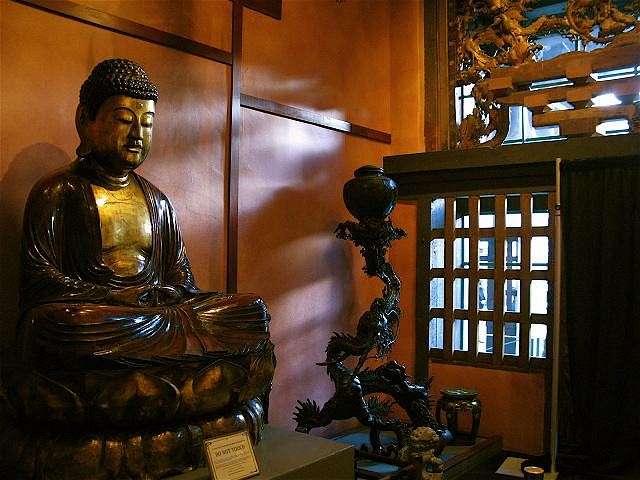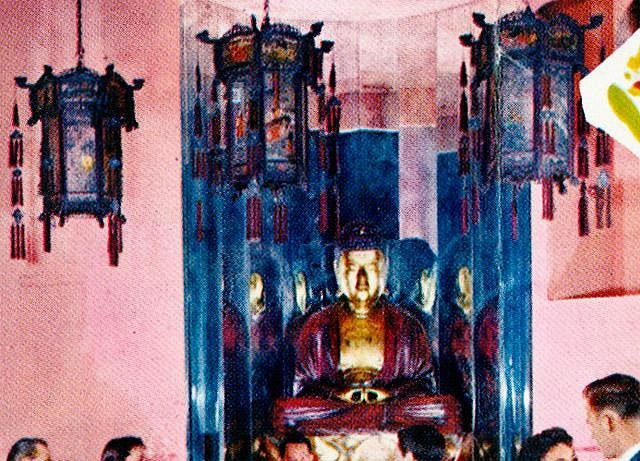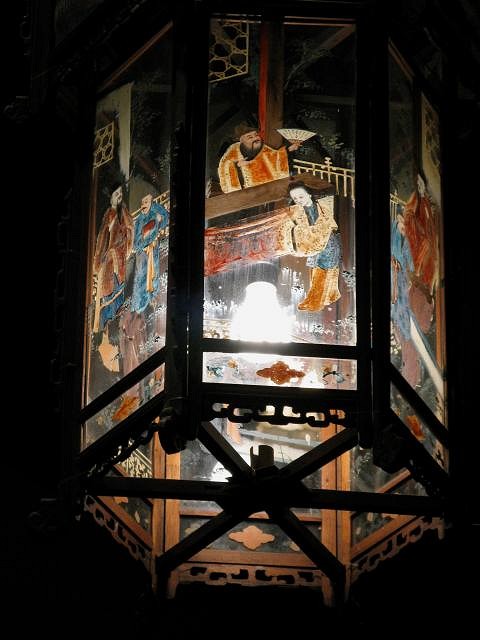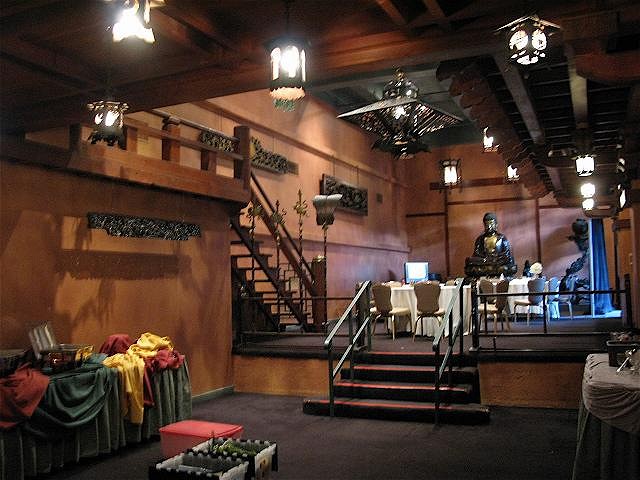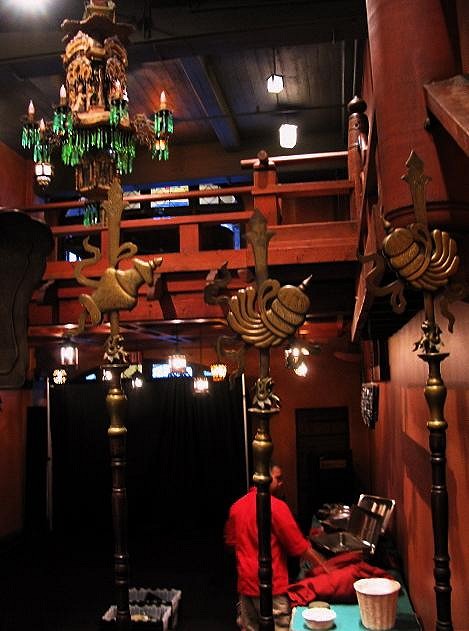Tiki Central / Locating Tiki / Lea Lea Room, Mission Inn, Riverside, CA (bar)
Post #508241 by bigbrotiki on Mon, Feb 1, 2010 12:50 AM
|
B
bigbrotiki
Posted
posted
on
Mon, Feb 1, 2010 12:50 AM
Well, it is time to lift my self-imposed hiatus with this post, Nr. 6999. I made myself take care of some chores before I allowed myself back on the board --though my trigger finger itched several times. :) This post is to express my astonishment and satisfaction that, thanks to some dedicated urban archaeologists here, no Tiki or Poly pop hideaway seems too obscure to not eventually find its way into this site: When, after having been there last almost 15 years ago, I got to show my wife the Riverside Mission Inn recently, I vaguely remembered having heard about a Polynesian restaurant having been in there, which had struck me as fairly incongruous, if not to say incredulous back then, considering the Inn's heavy Spanish Californian Mission theme. So I paid no mind to this faint memory when this time I discovered a Chinese salon among the countless rooms and galleries of this labyrinthine hotel, and photographed some of its features. It is funny, but it seems like I have reached a point where I sometimes record Polynesian restaurant relics subconsciously now, as in the case of this Buddha:
...and these lamps: I doubt though that the room I found them in is the same than in the postcard:
...but these pieces are not cheap Orchids of Hawaii decor, but genuine Chinese antiques. The fact that they were once recruited in an attempt at a "Polynesian" restaurant shows how A.) in the 50s it was THE thing to have a "Polynesian Room", every hotel had to have one, and B.) the Mission Inn was struggling to keep busy back then, probably seeming rather outdated at the time. I read that many art objects from the collections of the original owner were sold during those years:
|

